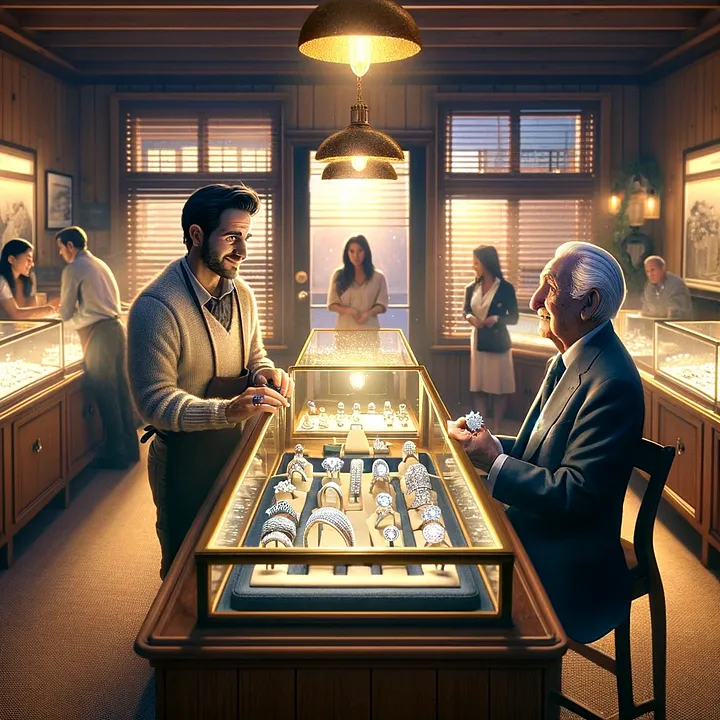
The Science Behind Why Stories Stick
If there’s one thing I’ve learned after years in marketing, it’s this: People don’t fall in love with products. They fall in love with stories.
It might sound strange, especially in a world obsessed with conversion rates, call-to-actions, and ROI. But in a noisy digital landscape flooded with ads screaming “Buy Now!”, there’s a quiet power in storytelling that most sales copy just can’t match.
Let me tell you why.
Sales copy sells. Stories connect.
Sales copy is designed to push. It’s often built around urgency, scarcity, and direct persuasion. While it can work, it’s transactional. It speaks to the mind.
But storytelling? That speaks to the heart.
Think about it: Would you rather be told why a product is great, or hear about someone just like you whose life changed because of it?
A story pulls us in. It disarms us. And most importantly, it helps us feel something. And when people feel something, they remember. They trust. And eventually, they buy — not because they were told to, but because they believe in what you’re offering.
Stories Are the Oldest Marketing Tool
Before digital ads, billboards, or even the written word, humans told stories. Around campfires, across generations, and in every corner of the world.
Why? Because stories are how we make sense of the world.
In marketing, tapping into this ancient human wiring is not just smart — it’s essential. People don’t want features and benefits. They want meaning. They want purpose. And that’s something only a story can give them.
Storytelling Builds Brands That Last
When Nike tells the story of an underdog athlete beating the odds, they’re not selling sneakers. They’re selling a belief.
When Apple shares the journey of a creative breaking barriers, they’re not pitching a laptop. They’re inviting you into a community of thinkers.
When you, as a small business owner or content creator, share your journey—the wins, the losses, the human side of your hustle—you’re building trust and creating a brand that people want to root for.
Storytelling Doesn’t Mean Ignoring Strategy
Let’s be clear: storytelling doesn’t mean abandoning structure or goals. It means humanizing your message.
You can still have a call to action. You can still drive leads and conversions. But now, you’re doing it by inviting your audience on a journey, not dragging them through a funnel.
The best content strategies today are rooted in empathy. They understand the audience’s struggles, aspirations, and emotions. And stories are the most effective way to mirror those back to them.
Real Story, Real Impact
A few months ago, I helped a local artisan craft her “About” page. Instead of listing products and prices, we told her story — the way she started with a borrowed sewing machine, how she found inspiration in her grandmother’s patterns, and how every piece she creates carries a piece of her past.
Her sales didn’t just go up. She started receiving messages from customers thanking her. Telling her how they felt connected. That’s the magic of a story.
The Future of Marketing is Human
In a world run by algorithms and automation, storytelling is our superpower. It brings the human element back to the heart of marketing.
So, next time you sit down to write that landing page, social post, or email, ask yourself:
Am I selling, or am I storytelling?
Because the truth is — anyone can sell. But not everyone can move people. And that’s where real marketing begins.




